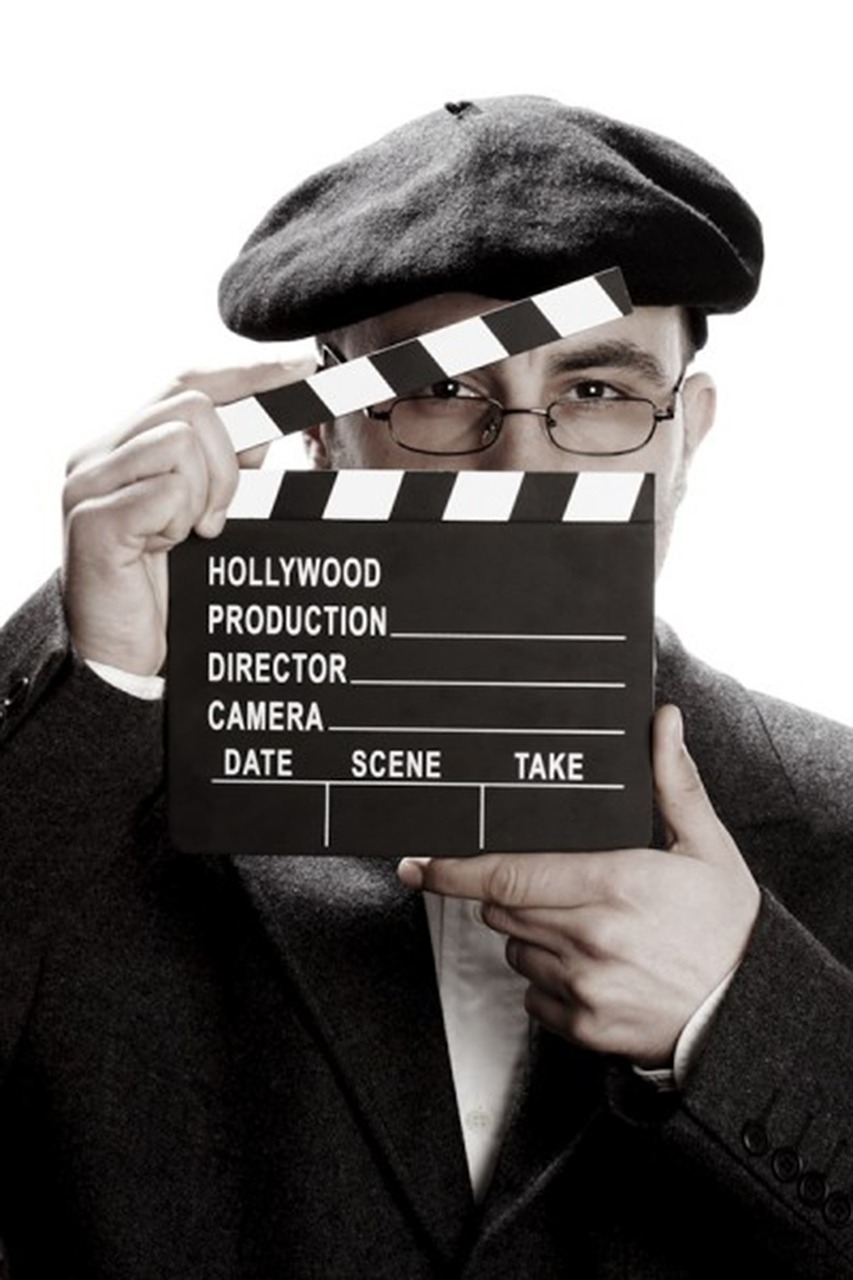
In recent weeks, a blog created by actor Dylan Marron has been making waves in the online film community. The blog, titled “Every Single Word” (ESW), features major films edited down to only the moments when non-white actors speak.
The edited films clock in around 30-40 seconds when edited down, exhibiting just how consistently actors of color are pushed to the sidelines and denied substantial roles in film.
While many notable big-budget blockbusters made the list, like the Harry Potter movies and “The Lord of the Rings” (the edited version of which is a brief and embarrassing montage of POC actors in grotesque monster makeup snarling and howling), the videos really start to get interesting when they scrutinize popular independent movies.
While the big-budget studio offerings still had smaller roles for actors of color, the independent films fared just as badly, if not worse. Sometimes, independent movies did not have one single line delivered by a non-white actor, even when the stories took place in locations and time periods in which a racially diverse cast would be realistic.
Now, amidst recent racially oriented debate surrounding the big summer tentpole franchises, most notably the films of Marvel Cinematic Universe such as “Avengers: Age of Ultron” (where the lead cast was uniformly white and the supporting cast uniformly non-white), and, recently, Warner Bros. Picture’s “Fantastic Beasts and Where to Find Them” (a completely white cast), it’s easy to see this issue through a purely studio-oriented lens. The race disparity in Hollywood has long been chalked up to money-grubbing studio executives refusing to cast anybody but “attractive” and “marketable” (read: “white”) actors in leading roles.
But what ESW’s treatment of notable indie movies reveals is far more foundational. The analysis shows an uncomfortable but self-evident tendency of the film industry: even when granted the complete creative control of independently produced cinema, the overwhelmingly white creatives behind the camera are more likely to exclude actors of color than they are with studio oversight.
[pullquote]The change that needs to occur is not a concentrated effort to change existing director’s voices, but to add more voices to the table. [/pullquote]
Say what you will about Marvel (and I could say a lot, because I’m not a huge fan), but those in power at Marvel Studios make it a point for each of their movies to have at least one memorable role for an actor of color. The same cannot be said for undeniably talented indie directors such as Noah Baumbach, Wes Anderson and Darren Aronofsky.
Now it’s easy to vilify these artists for being racially exclusive, and there’s no doubt that their films deserve scrutiny, but the solution to this racial homogeneity may not be so simple as forcing white directors to hire actors of color. One of the worst grievances an artist can endure is being forcibly pressured to accommodate a social agenda that is removed from his or her personal priorities.
Art, of all kinds, is self-expression, and if racially diverse casting isn’t part of an artist’s film, forcing a race or ethnicity quota onto a director will not only harm the quality of their work, but it will also surely not bode well for the quality of roles and direction that actors of color would receive.
The change that needs to occur is not a concentrated effort to change existing director’s voices, but to add more voices to the table. We don’t need all the white directors to hire more black, Asian or Latino talent, though that would be nice. What we need is more directors of color telling stories that matter to them.
Diversity in art is, first and foremost, a concern of racial minorities. It hurts to see ourselves largely excluded from stories that we love, which can result in a low sense of self-worth when exposed to whitewashed media from a young age. Since diversity is more important to us than anyone else, we need more of us making stories for the screen. If we want to see a more diverse array of people gracing our TV’s, we need more diversity behind the scenes among those writing, directing and producing.
Andrew Allen is a junior majoring in communications.
Featured image courtesy Pixabay user mhd3d





